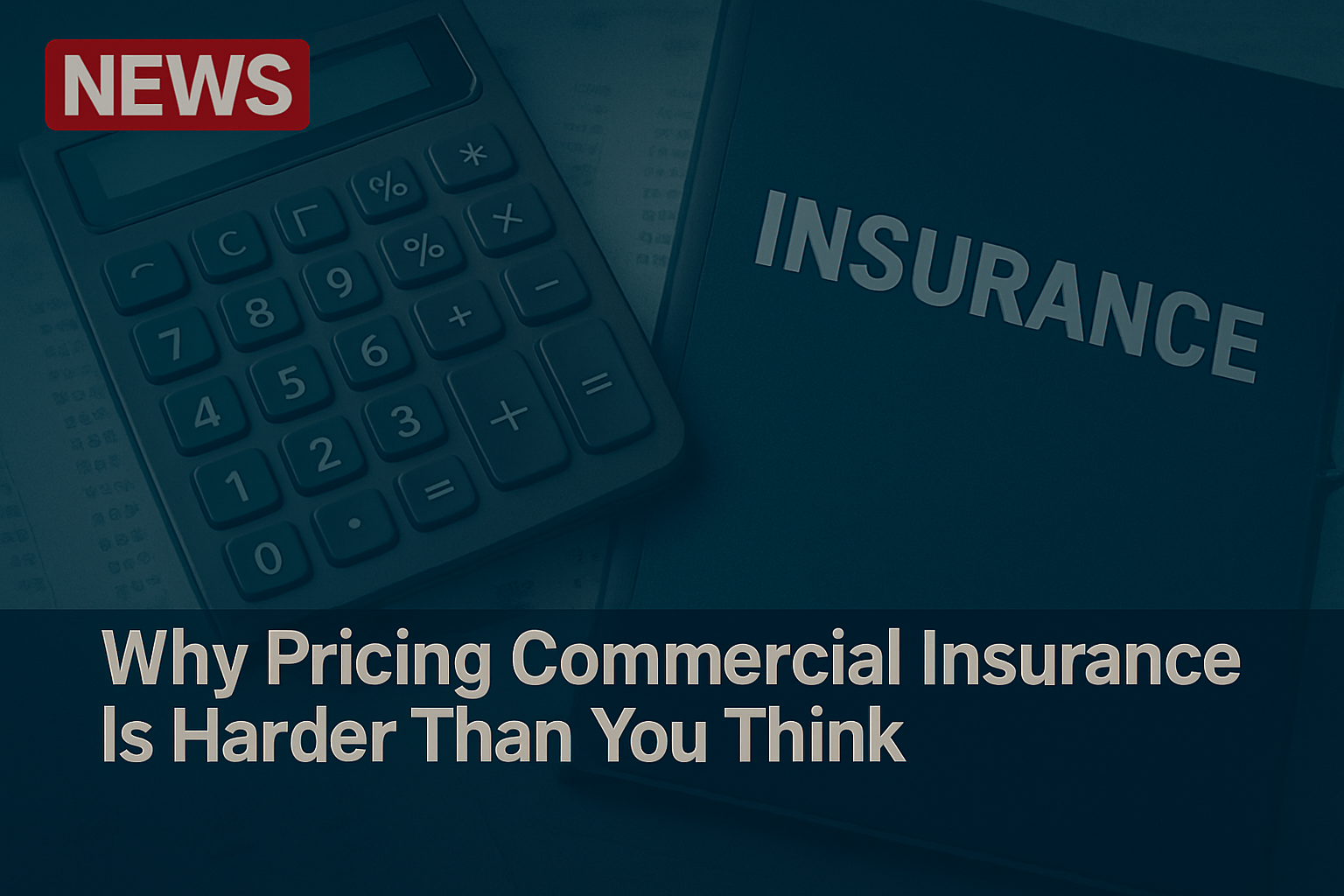When discussing property and casualty insurance, the market typically divides into personal and commercial lines. However, not all clients fit neatly into either category. Sole proprietors often blur the lines, sometimes seeking quotes as individuals, other times as businesses – occasionally comparing both to secure the best deal. Dynamic insurance pricing software provider Quantee has delved into the commercial lines side, examining what sets pricing in this segment apart, and the hurdles insurers often face.
Commercial insurance protects companies from a broad range of risks tied to their operations, including property, liability, and disruption.
The diversity of businesses means their insurance needs vary dramatically. Insurers typically categorise clients as sole proprietors, SMEs, or large enterprises, a logical distinction, given the vastly different risk profiles and coverage requirements across these groups.
Types of commercial property insurance
There are several products that fall under commercial property insurance:
- Business property: Protects physical assets like buildings and equipment from risks such as fire or theft.
- General liability: Covers injury or property damage claims from third parties.
- Business interruption: Compensates for income lost due to disruptions like natural disasters.
- Commercial auto: Covers vehicles used in business activities.
- Equipment breakdown: Protects against mechanical failures impacting operations.
- Tenant’s insurance: Covers business property within leased premises.
- Cyber liability: Increasingly important, it guards against cyber risks, complementing traditional coverage.
Why pricing commercial insurance is more complex
Unlike personal lines, where fast quoting is a priority, corporate insurance pricing is all about customisation.
With each business having unique risks, insurers rely on clauses, specific conditions added to standard policies, to tailor coverage. Clauses such as the business interruption clause, automatic acquisition clause, or debris removal clause, enable this flexibility.
Approaches to pricing in commercial lines
Traditional rating structures remain widespread in commercial lines. These systems are built on expert judgement, where a base price is adjusted using risk-based factors.
This makes premiums transparent and easy to explain, a crucial factor when justifying differing quotes to clients. Regulators also favour this approach due to its consistency.
Underwriters still play a pivotal role, often overriding automated pricing by up to 80–90% based on their expertise.
The shift toward risk modelling
A growing number of insurers are embracing risk modelling to refine pricing. By breaking down claims into different perils, they can individually assess loss types and their impact. These models better account for the heavy-tailed nature of large commercial claims and may shift away from average-based pricing to risk-based pricing tied to the sum insured.
Demand modelling and price optimisation
While demand modelling and price optimisation are cutting-edge techniques, applying them in commercial lines remains difficult. Underwriters often adjust premiums manually, which undermines the reliability of demand-based models.
For these techniques to work, insurers must reduce underwriters’ influence on pricing, a shift that some of the most advanced insurers are already making.
Data as a competitive advantage
Insurers who harness data effectively gain a competitive edge. Internal data, such as historical client behaviour, supports more accurate risk assessments. External data, from public records or commercial databases, enhances this further, offering insights into a company’s financial health, industry activity, and stability.
IoT (Internet of Things) is another emerging asset, providing real-time risk exposure data from connected commercial properties or equipment. This enables proactive pricing models and refined risk segmentation.
Personal vs commercial lines: A different scale
Commercial insurance deals with far more insured items per client. For example, a business may insure dozens of buildings or an entire fleet of vehicles.
Metrics like “number of claims” must be interpreted differently, insurers often shift to analysing claim frequency per client instead. Bonus-malus systems are common, rewarding safe operations and penalising frequent claims.
Multi-item pricing complexities
Corporate insurance frequently involves pricing multiple interrelated assets. Fleet policies are a prime example, where premiums are calculated by vehicle type and averaged across the group.
Offers are often valid for the entire year, covering new additions automatically, and requiring dynamic yet consistent pricing logic.
Final thoughts
Pricing in the commercial insurance sector is intricate and constantly evolving. Success demands more than actuarial skill it requires a deep grasp of business risk, flexibility in policy design, and, increasingly, sophisticated data strategies. Insurers who can integrate all these elements will stand out by delivering smarter, more transparent, and more personalised coverage to business clients.
Source: https://fintech.global/





